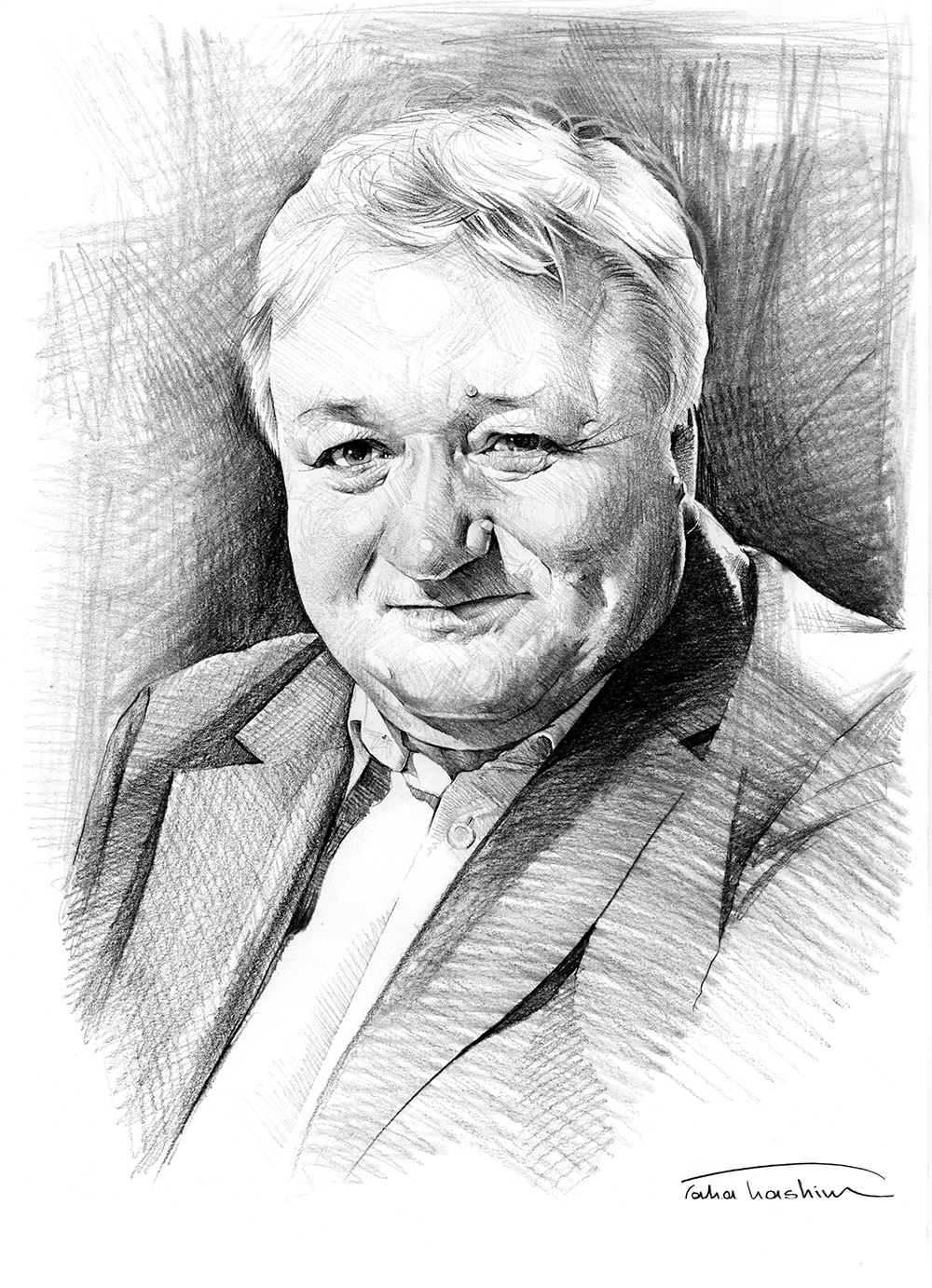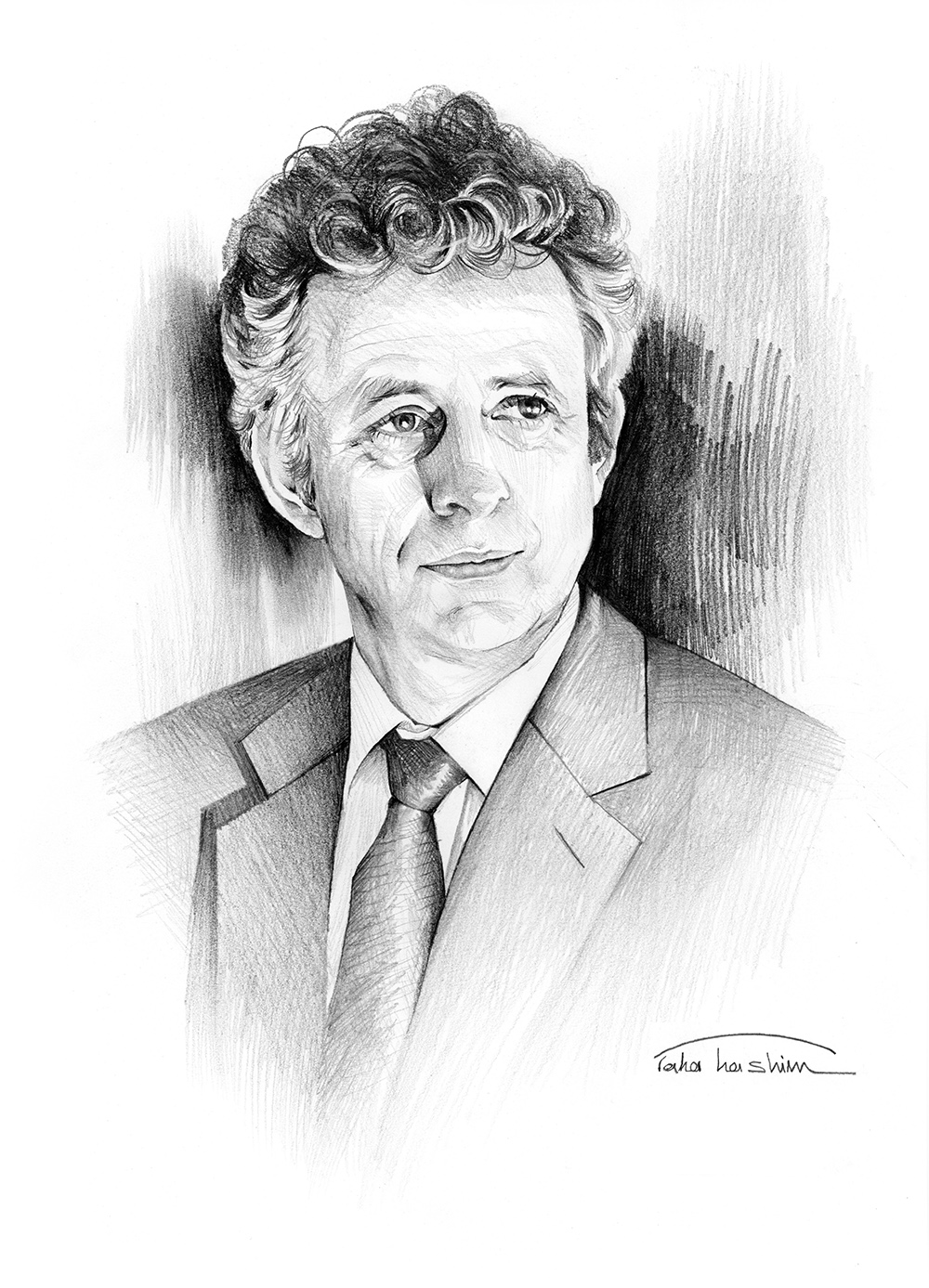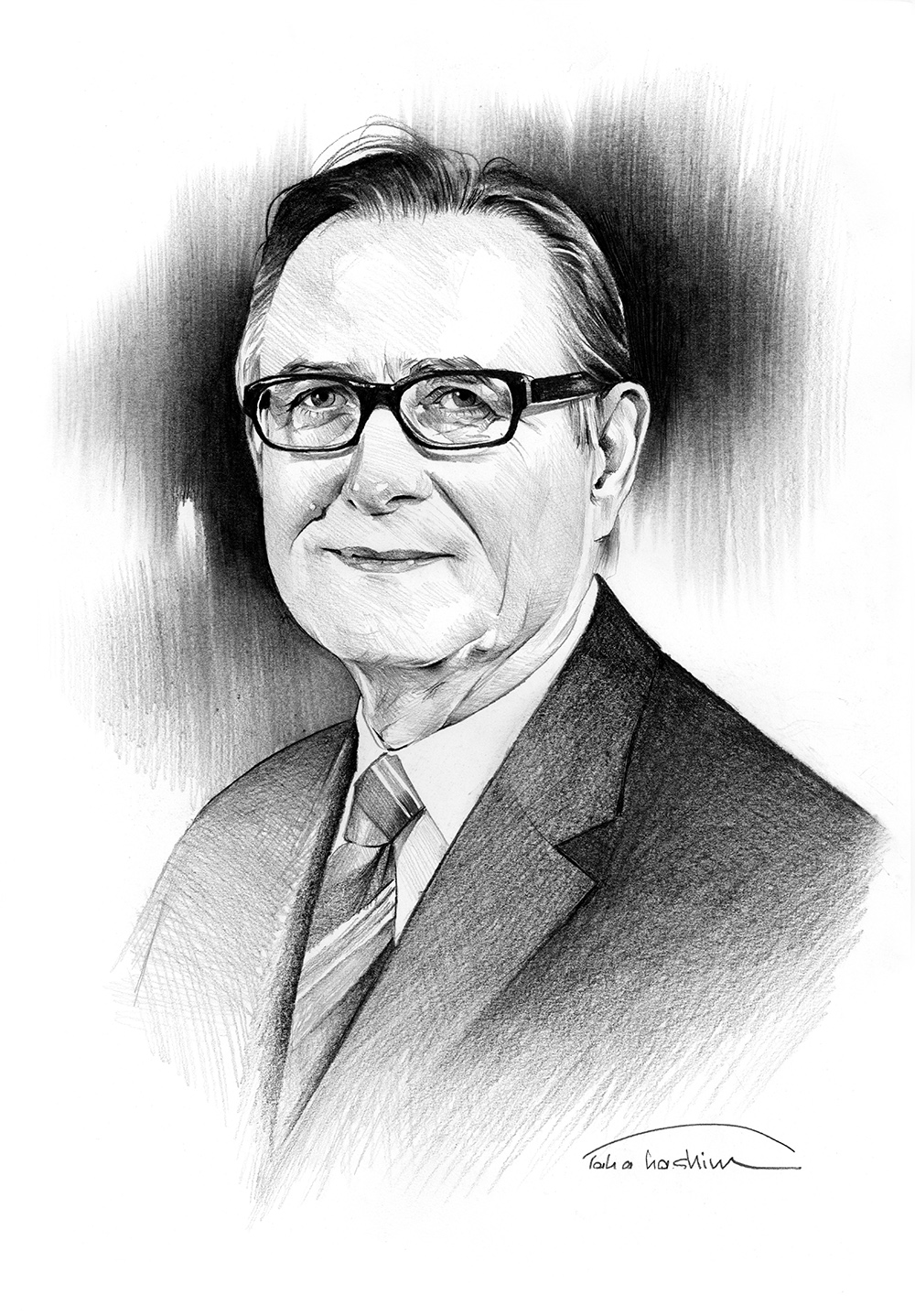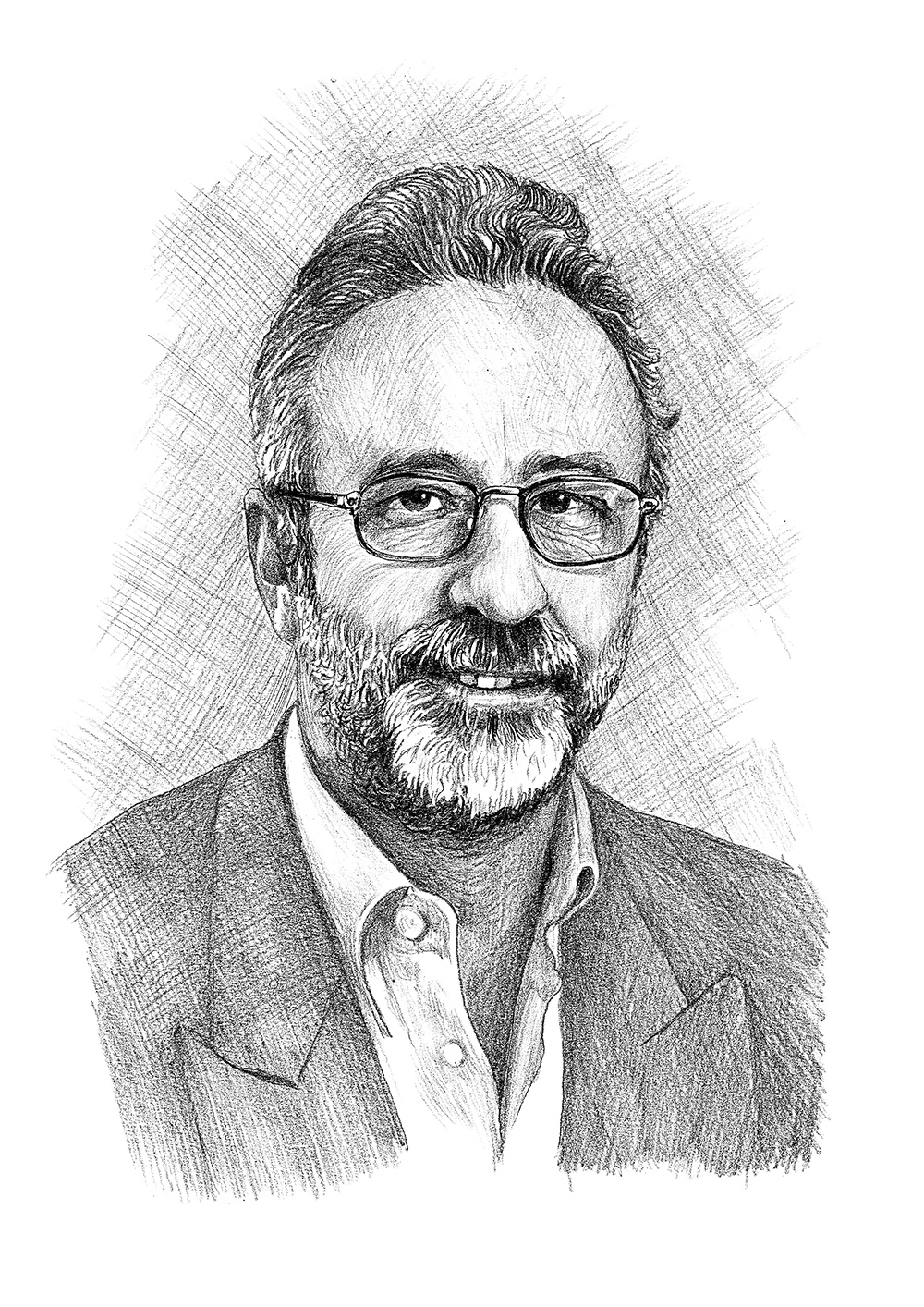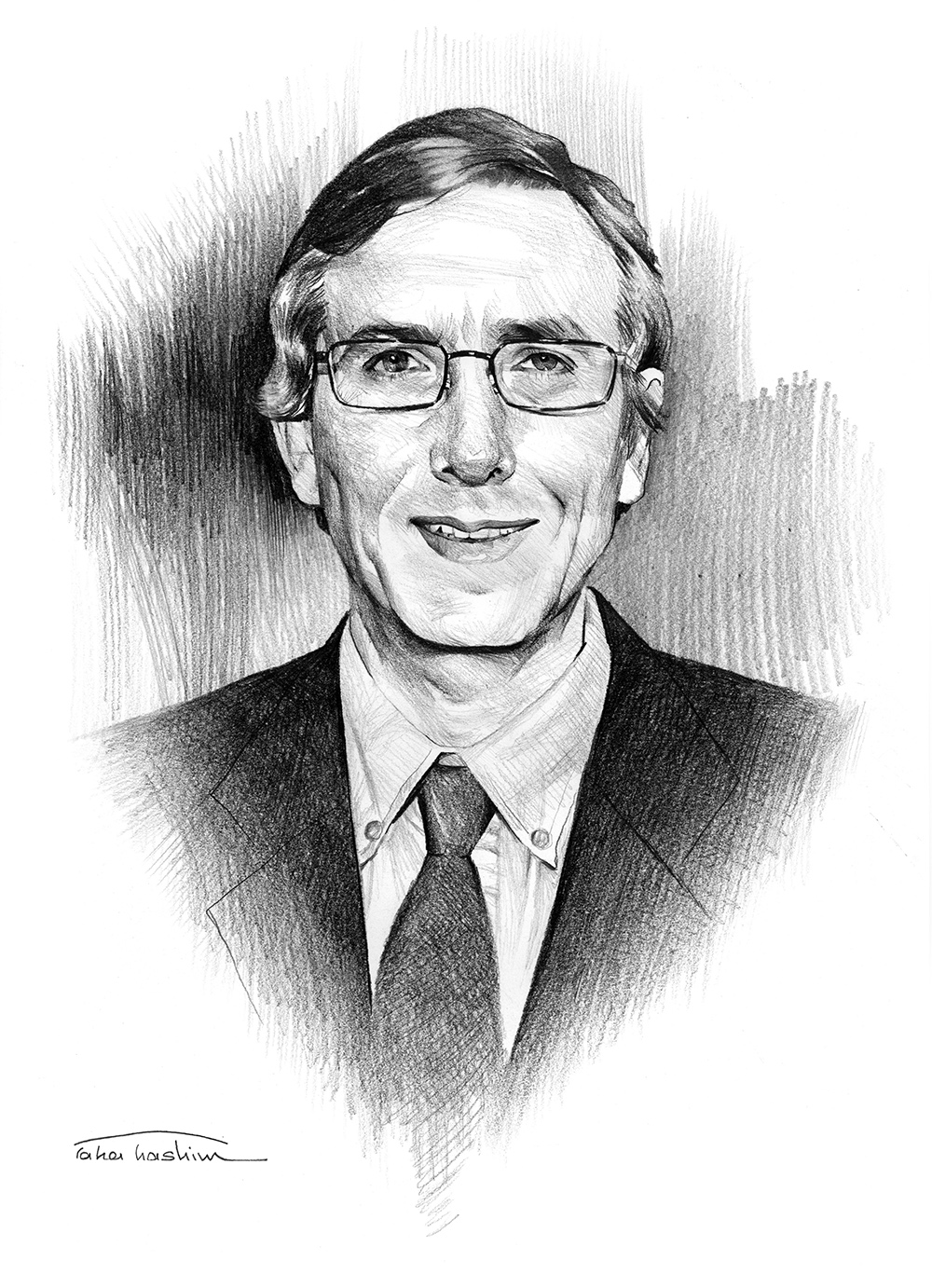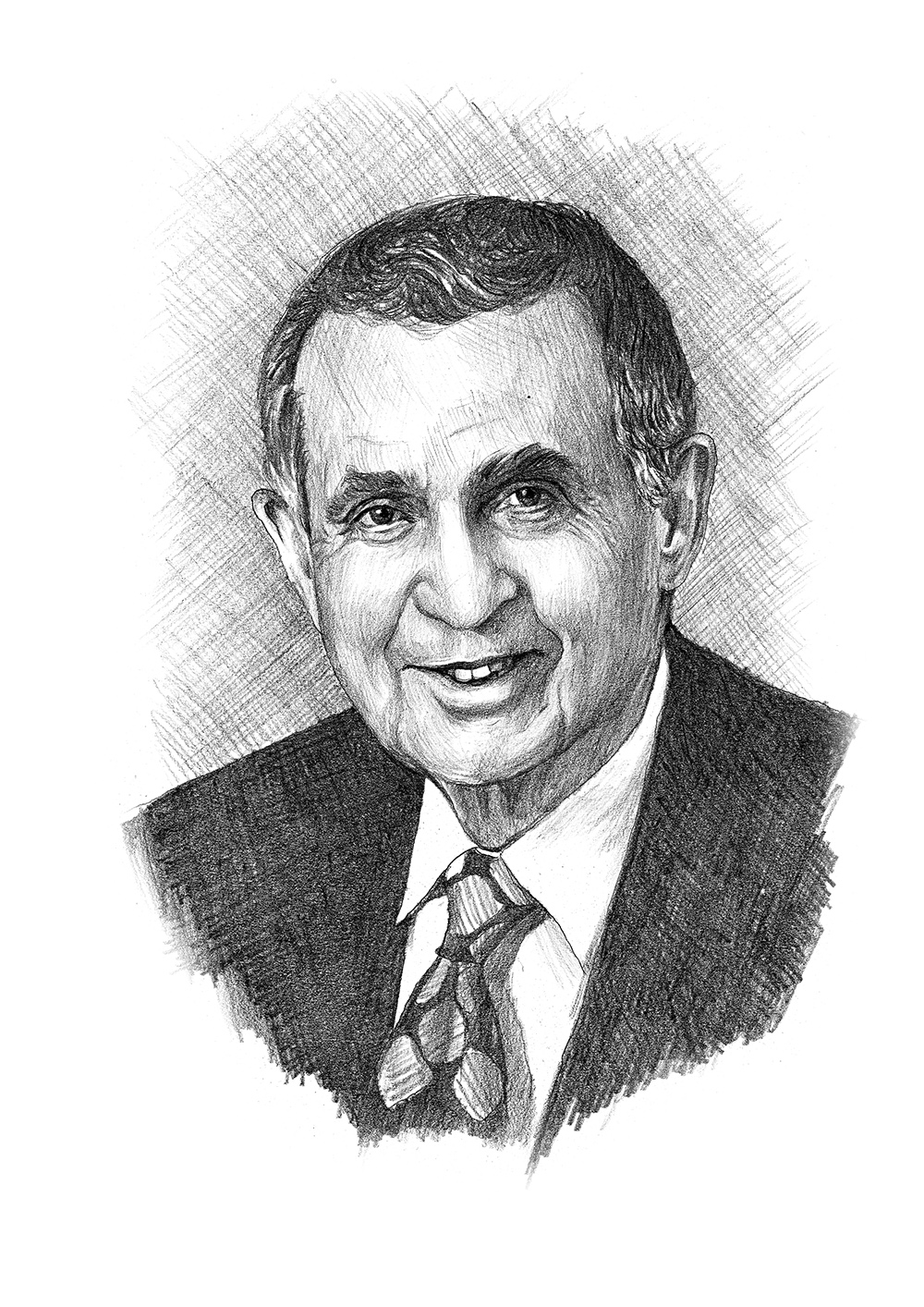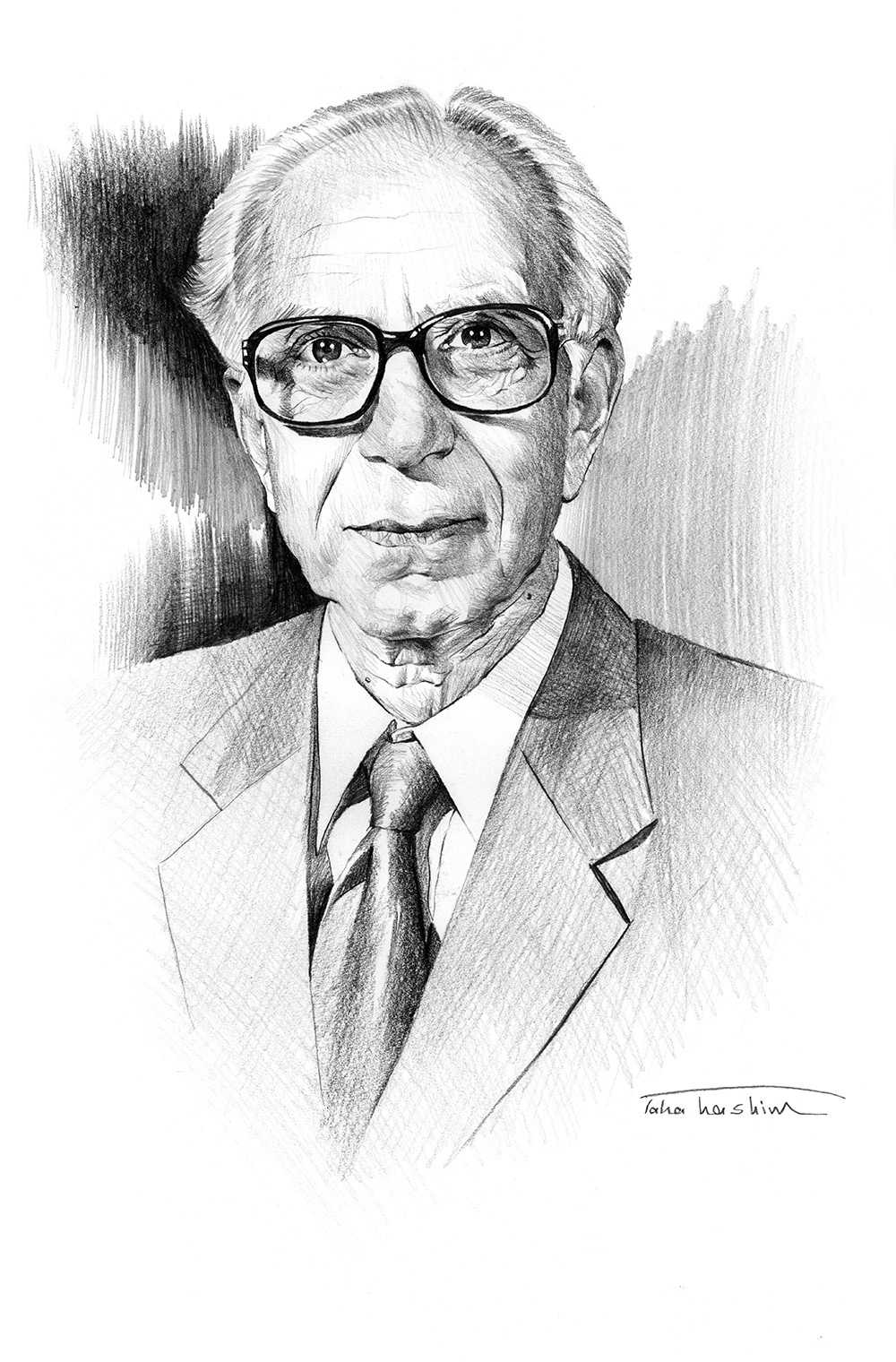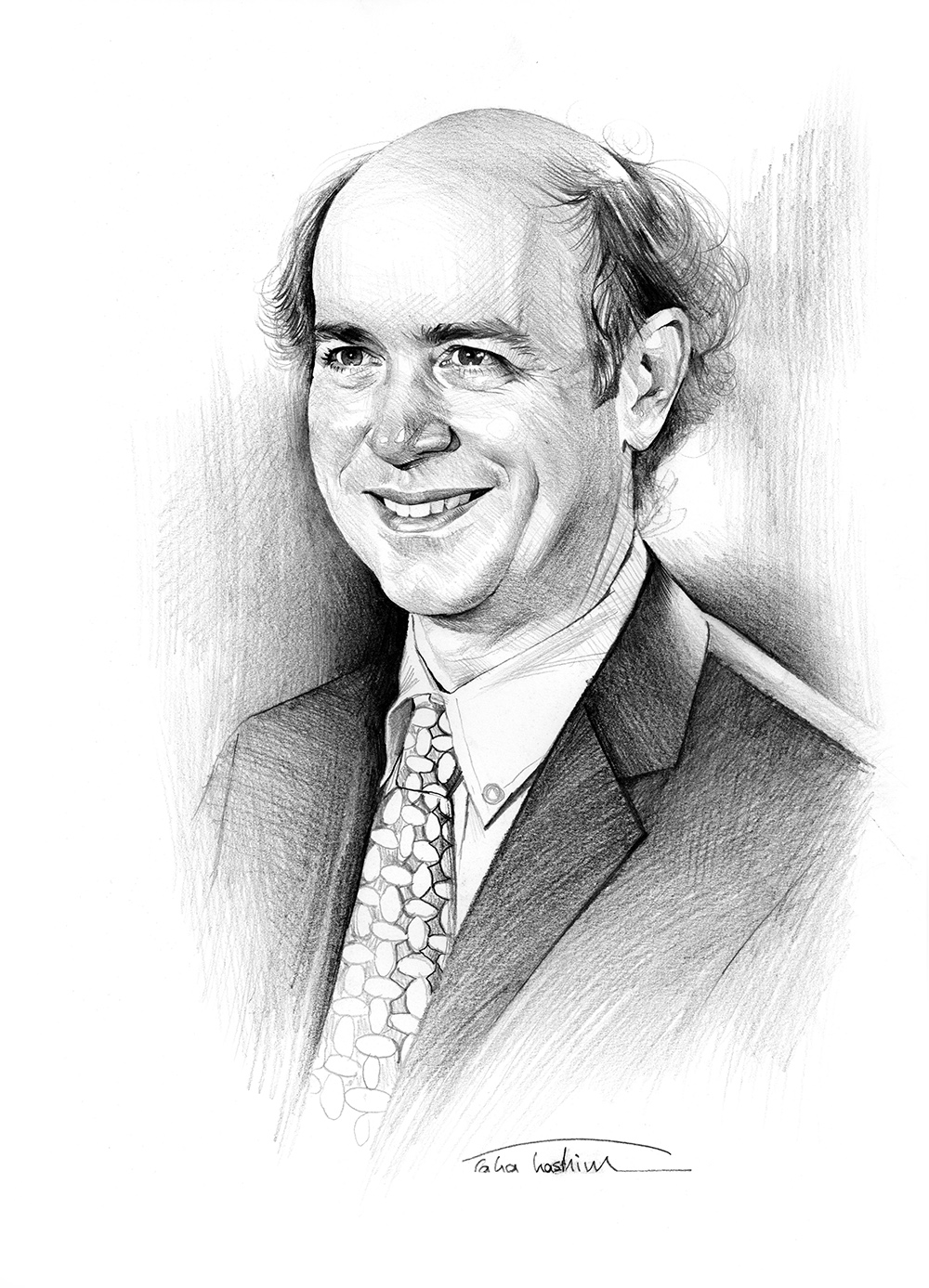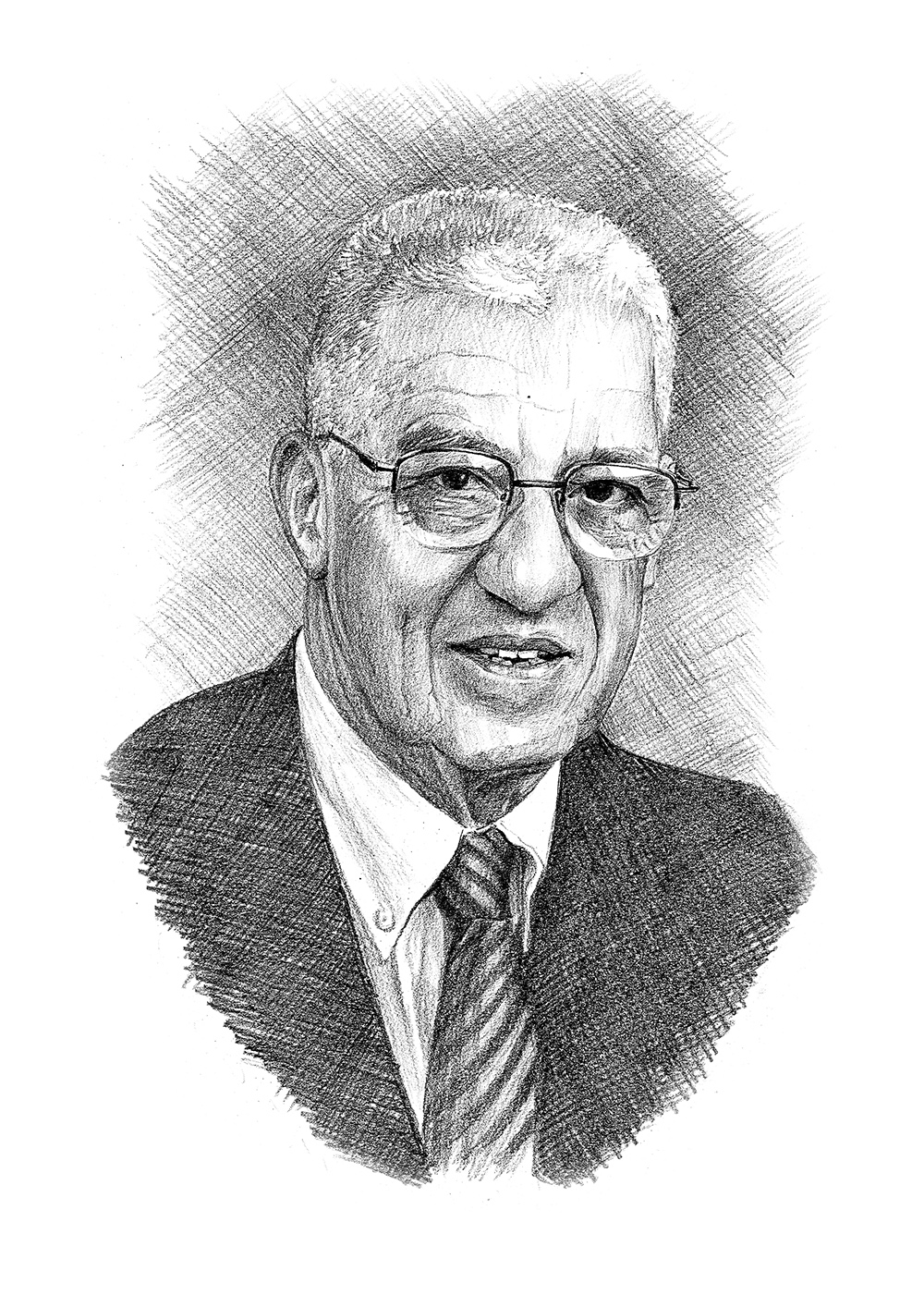Enrico Bombieri became enthralled with mathematics from an early age. He started reading about the theory of number at the age of 13. He earned his Ph.D. in mathematics at the University of Milan at the age of 23, where he was immediately appointed as an assistant professor. He continued his studies in the theory of number with Professor Harold Davenport at Trinity College in Cambridge University (U.K.) in 1964. In the following year, he became a full professor of mathematics, serving first at the University of Cagliari (1965), then the University of Pisa (1966-1974) and then the Scuola Normale Superiore of Pisa (1974-1977), before joining the Institute for Advanced Study at Princeton, where he is currently IBM von Neumann Professor of mathematics.
Professor Bombieri is an enormously brilliant mathematician and one of the world’s leading authorities on number theory and analysis. His work, over the past 40 years, covers a wide spectrum within the theory of number – the analytic theory of L-functions, arithmetic geometry and Diophantine approximations, the distribution of primes, sieves and exponential sums. His work reveals a vast knowledge of the subject, an incisive clarity of thought, versatility and remarkable technical skill. His studies of the “large sieve” and its application in what is now known as the “Bombieri-Vinogradov Theorem” are central readings for every graduate researcher. He is also known for the “Bombieri-Lang Conjecture,” the “Bombieri Norm” and other fundamental contributions. Some of his results, particularly in the prime number theory, have potential applications to cryptography and security of data transmission and identification.
Professor Bombieri received many distinguished awards and honors, including the prestigious Fields Medal (1974), Feltrinelli Prize (1976), Balzan Prize (1980), Honorary Doctorate degree (Doctor Honoris Causa) from the University of Pisa, Chevalier de l’Ordre des Palmes Académiques (France), Cavaliered i Gran Croce al Merito della Republica (Italy). He was also awarded the Joseph Doob Prize (2008) jointly with Walter Gubler for their book “Heights in Diophantine Geometry.” He is a Member of the US National Academy of Sciences, the Accademia Nationale dei Quaranta in Rome, the Accademia Nazionale delle Scienze, the European Academy of Sciences, Fellow of the American Academy of Arts and Sciences, Foreign Member of the Royal Swedish Academy, the Institut de France, and Honorary Member of the London Mathematical Society. He served on the Executive Committee of the International Mathematical Union (1979-1982).
In addition to his comprehensive book with Gubler, Professor Bombieri authored two other monographs and more than 160 scientific papers published in leading mathematical journals.
This biography was written in the year the prize was awarded.


